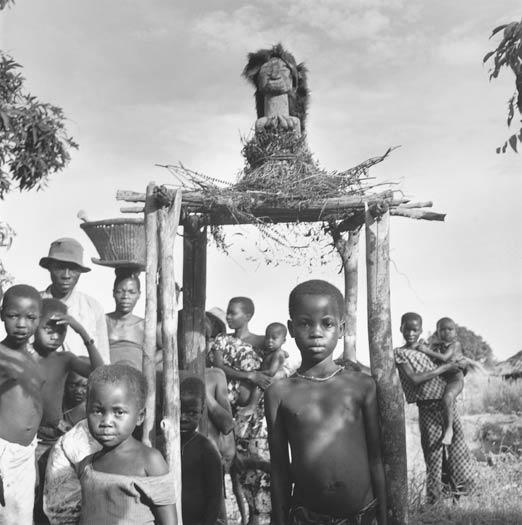Fichier:Songye power figure, protector of the village, Nsapo region, Congo (Democratic Republic). Photo by Eliot Elisofon (1947).jpg
Songye_power_figure,_protector_of_the_village,_Nsapo_region,_Congo_(Democratic_Republic)._Photo_by_Eliot_Elisofon_(1947).jpg (522 × 525 pixels, taille du fichier : 43 kio, type MIME : image/jpeg)
Historique du fichier
Cliquer sur une date et heure pour voir le fichier tel qu'il était à ce moment-là.
| Date et heure | Vignette | Dimensions | Utilisateur | Commentaire | |
|---|---|---|---|---|---|
| actuel | 10 octobre 2010 à 16:35 |  | 522 × 525 (43 kio) | RichardMcCoy | {{Information |Description={{en|1=Physical description: photographic negative b&w; 2 1/4 x 2 1/4 inches Title source: Index card based on photographer's notes "The songye used to use a large number of fetishes and amulets to ensure success, fertility an |
Utilisation du fichier
La page suivante utilise ce fichier :
Usage global du fichier
Les autres wikis suivants utilisent ce fichier :
- Utilisation sur en.wikipedia.org
- Utilisation sur ko.wikipedia.org
- Utilisation sur tt.wikipedia.org
- Utilisation sur www.wikidata.org


